Gardenia help, zone 6, I'm a newby to the beautiful plant please help!
Sara
last year
last modified: last year
Featured Answer
Comments (8)
Sara
last yearRelated Discussions
I'm a newbie in zone 5 Upstate, NY
Comments (3)Hi Traci, I was new last year. I suggest you come on over to the Winter Sower's forum. You'll love it. Plant exchange is not for us this time of year lol. I'm in zone 5 too. welcome to the GW. :)Laura...See Morehelp me choose your favorite rose to plant in zone 6b maryland!
Comments (2)My all time favorite rose is Mrs B R Cant, but I am not sure if it is hardy to zone 6. It grows here in Richmond on a windy hill top with no protection and no die back though. But it is really big. But oh, soooo fragrant. Blush Noisette is fragrant, healthy, hardy to zone 6, a loveley blush pink, and good repeat bloomer....See MoreFrost Proof Gardenia Advice - OUTDOORS Advice! Zone 6B
Comments (5)I'd not add mulch if you are keeping the fabric plus rocks. I'd worry that the roots will struggle as it is for oxygen. Soil gas exchange is necessary for a healthy rhizosphere; roots and microorganisms emit CO2 which needs to be able to freely exit the soil. Oxygen from the atmosphere replaces the CO2 within the soil's pore spaces...if not impeded by layers upon layers. A healthy mulch layer of an organic substance such as wood chips, bark nuggets, or pine straw is considered best for moderating soil temperatures, conserving moisture, and enhancing (even feeding) a vital soil microorganism population. That's the kind of soil environment that encourages a vigorous, strong root system. I'd plan on covering the shrubs for the first couple of years, using a woven material of some kind, no plastic. Avoid excess fertilization all of the time but never fertilize past the mid summer. Same goes for pruning.....avoid any growth promoting procedure past mid summer. Another good tip for promoting robust root systems more likely to withstand severe cold is to water intelligently. Avoid at all costs the kind of watering that encourages weak, shallow roots. I don't know how you can judge the moisture level of the soil and root ball under weed barrier and rocks, though. If you live in an area that experienced severe winter temperatures this past winter, please know that there won't be anything you can do under those conditions. But those times are the exception (we hope) and shouldn't dictate whether we want to 'push the envelope ' or not....See MoreI'm a newbie - help / advice please!
Comments (7)Welcome : Sept. ends fertilizing Neem is more pesticide it does have fungus born disease control features to some effectivness under light conditions Backing soda dish soap mix what happens when you apply it is it elevates the PH on the leaves and midlews and fungus find an uncoftable home to grow on but it doesnt last very long at keeping a leaf PH changing Compliments to you on your rose choises and the home work you already did too carpet rose is about as easy growing as they get it will boast a very dencly packed foilage and is very winter hardy as well disease tollerant Yes it will grow new leaves its a real hardy rose I have two and I did just two days ago end of season leaf cleaned em it took 45 minutes on 2 different days ( they get bigger than that too ) I dont have any knock outs but I see enough of em to know there as disease tolerant as the carpet rose how to PREVENT mildew born and fungus born diseases has been done by many in differant manners Example I have no idea what Dr Brooners is as I use Serinade to combat these diseases as well K-neem and the backing soda dish soap idea ( yes this idea is more myth then fact I find it ineffective at best ) someone else might use dramatic K in place of serenade there both organic products I am told that dramatic K is not as harsh this disicion is up to you Theyll tell you not to water leaves. the day after it'll rain watering the roots of a carpet isnt that easy I use gloves and lift with one hand and water with the other any rose plant needs good ventilation Go figure huh I just got done saying dencely packed leaves too dont take this the wrong way as it is I only apply the following growing technics to my caprpet roses only ( I dont have any knock outs here ) and only MY CARPET roses grow this way I fertilize them from march till early sept and water em one maybe two times a week if needed during that time I bend stalks for the shape I want it to grow in. I dead head off about 4 realy nice small tree shaped flowering canes per month I will use serinade on them at the same time as my other roses I donot pluck trim or otherwise remove any leaves exept those that got dead headed untill the last fertilizing week Sept this task takes a long time to do 45 minutes a day on 2 different days and maybe one more time befor winter Yep a self tested carpet is in fact disease tolerant I am including a link for you for extra guidance on rose growing and disease information As you read it do enjoy the humorus side of Bob http://www.rose-roses.com/problems/fungi.html#rosewilt...See MoreSara
last yearlast modified: last yearSara
last yearlast modified: last yearSara
last year
Related Stories
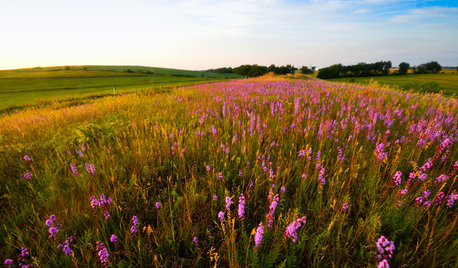
GARDENING GUIDESHelp Fuel the Monarch Migration With These 6 Prairie Plants
Try these nectar-rich beauties and help autumn monarchs
Full Story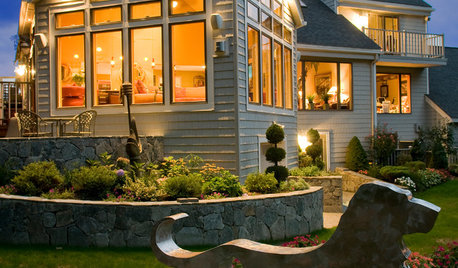
PETS6 Ways to Help Your Dog and Landscape Play Nicely Together
Keep your prized plantings intact and your dog happy too, with this wisdom from an expert gardener and dog guardian
Full Story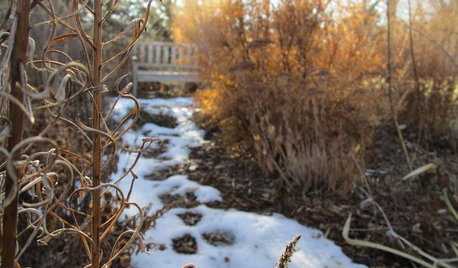
WINTER GARDENING6 Reasons I’m Not Looking Forward to Spring
Not kicking up your heels anticipating rushes of spring color and garden catalogs? You’re not alone
Full Story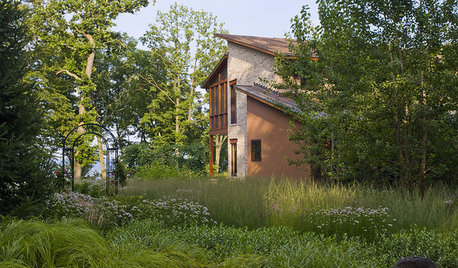
GARDENING GUIDES8 Unthirsty Plants Help You Save Water in Style
Spend less effort and money on your landscape with drought-tolerant and native plants that liven up your yard
Full Story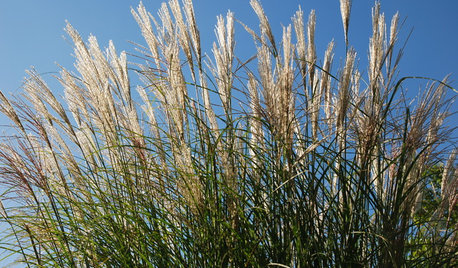
LIFEConsider Avoiding These Plants to Help Keep Your Garden Fire-Safe
Plants that accumulate dead material, are high in oil or have low moisture content in leaves put some homes at risk
Full Story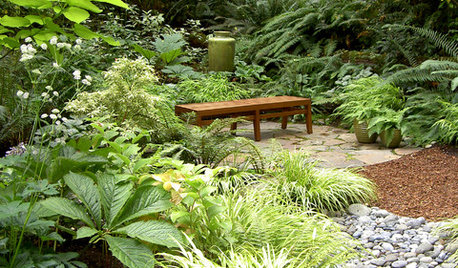
GARDENING GUIDESGreat Garden Combo: 6 Beautiful Plants for a Shady, Wet Site
Transform a shade garden with moisture-loving golden grasses, textural leaves and a sprinkling of flowers
Full Story
EXTERIORSHelp! What Color Should I Paint My House Exterior?
Real homeowners get real help in choosing paint palettes. Bonus: 3 tips for everyone on picking exterior colors
Full Story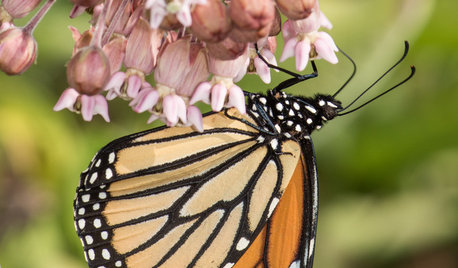
FLOWERS AND PLANTSHelp Monarchs and Other Butterflies by Planting Common Milkweed
Summer-blooming Asclepias syriaca is an important larval host plant for the monarch butterfly and attracts a number of pollinating insects
Full Story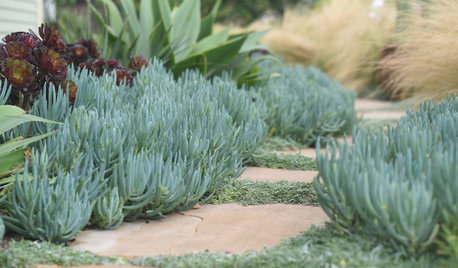
GARDENING GUIDES12 Fire-Wise Plants to Help Protect Your Home and Garden
Plant these moisture-rich, fire-resistant plants in your landscape to help prevent fire spread
Full Story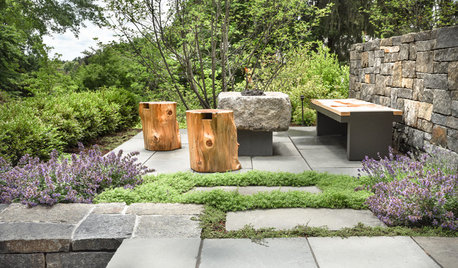
LANDSCAPE DESIGNNative Plants Help You Find Your Garden Style
Imagine the garden of your dreams designed with plants indigenous to your region
Full Story





gardengal48 (PNW Z8/9)